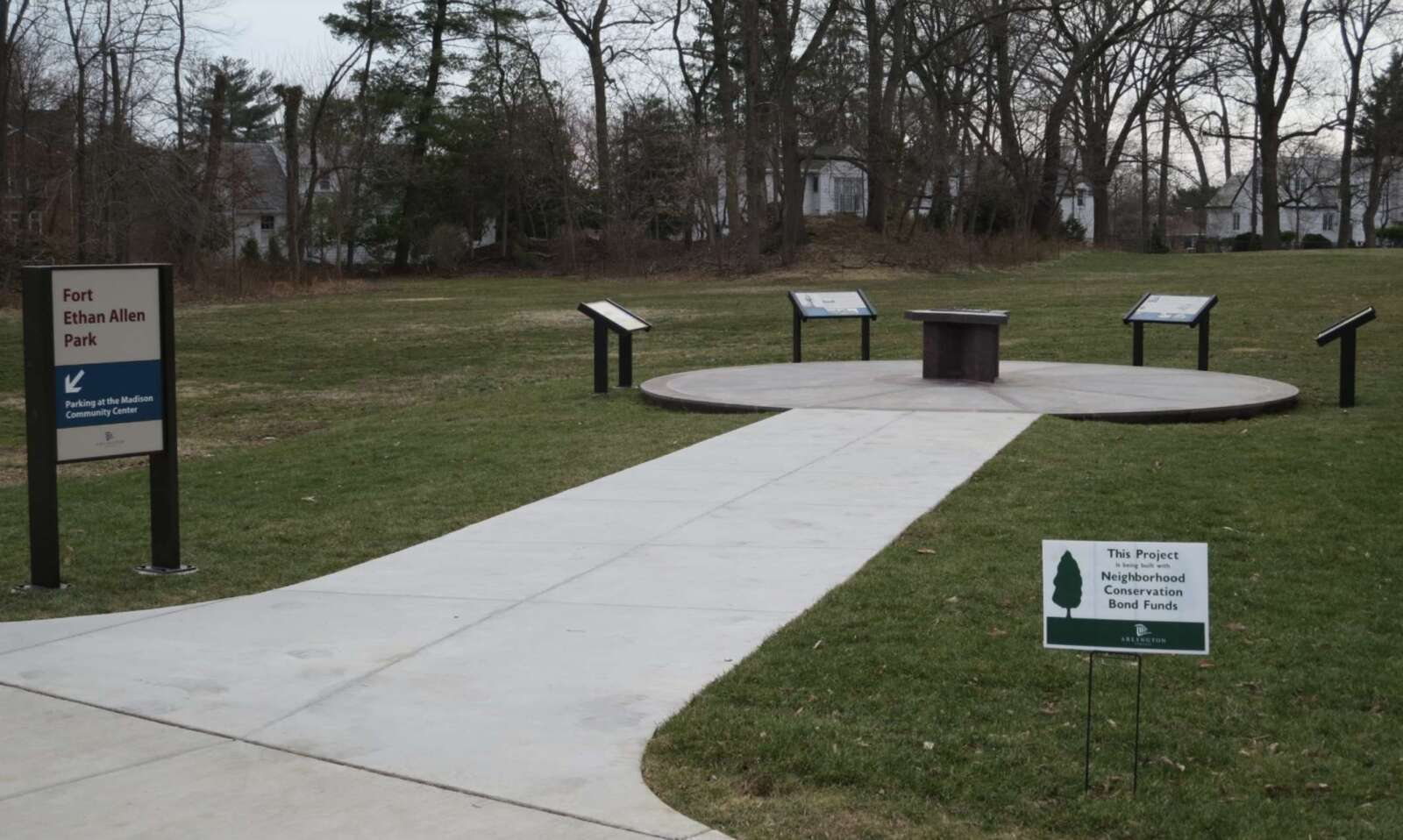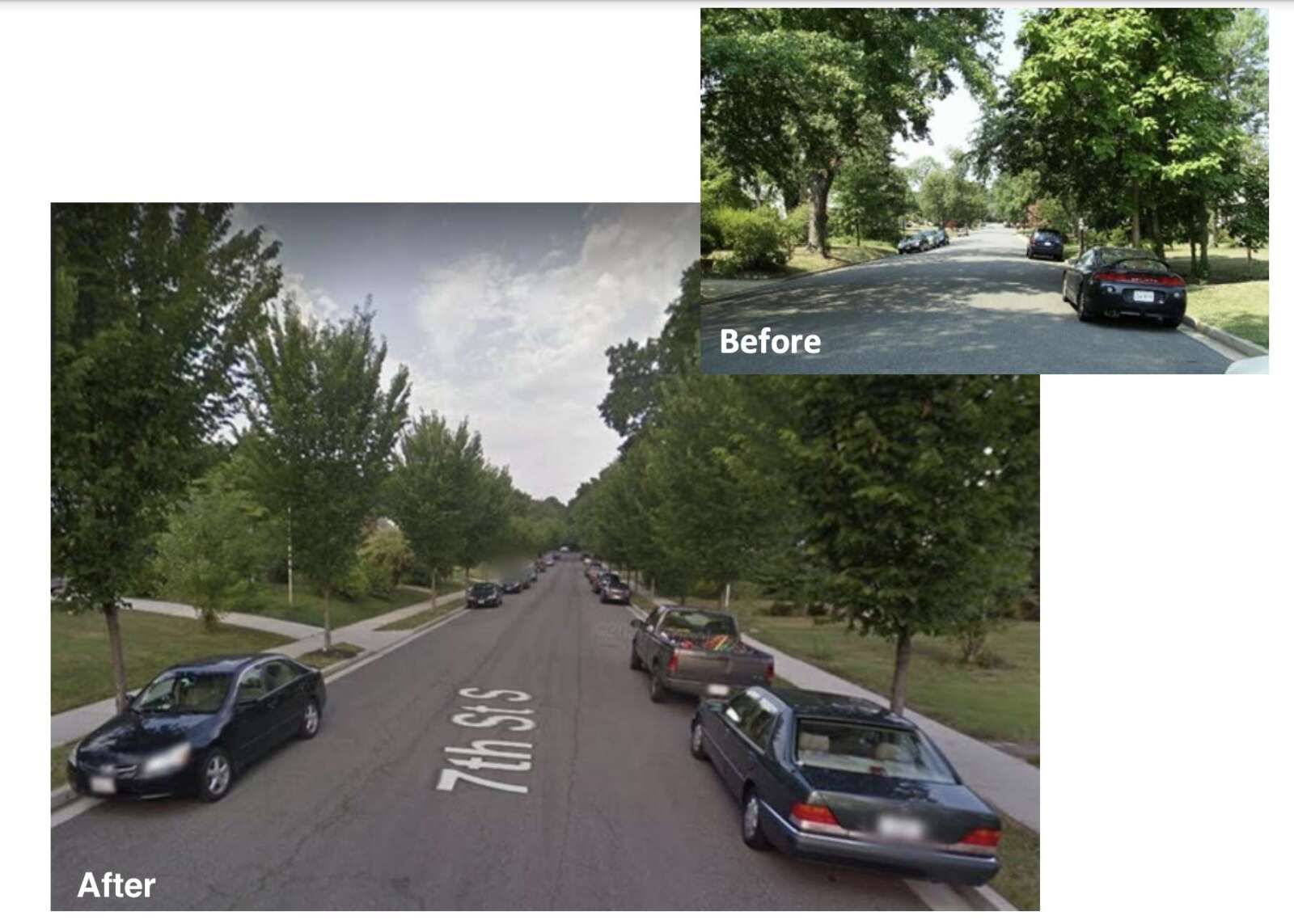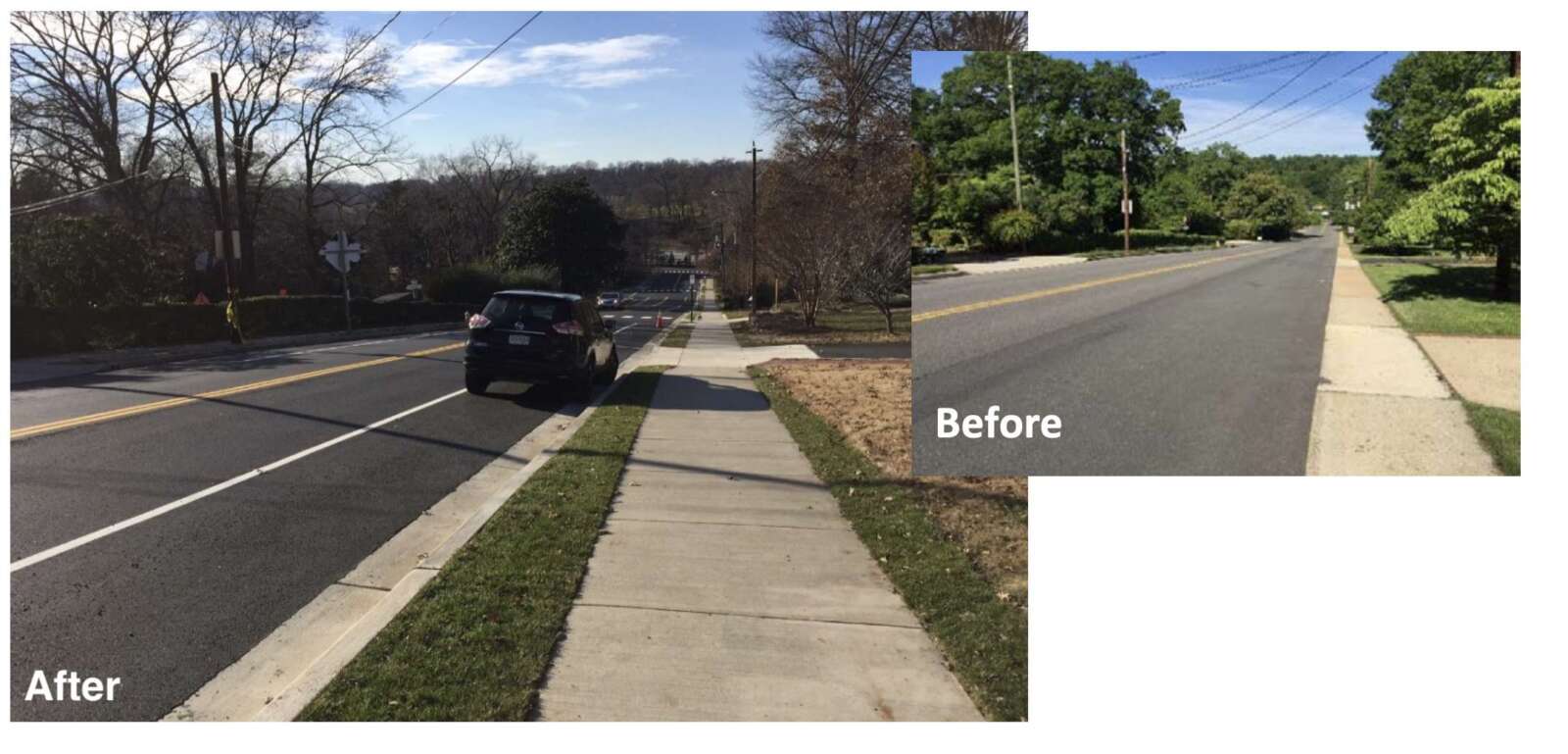(Updated at 1:25 p.m.) An Arlington County program for neighborhood improvements may be trending towards smaller-scale projects.
After getting a new name and developing new equity criteria, the Arlington Neighborhood Program is taking more steps to reimagine how it supports community projects identified by residents.
A new survey is being conducted — it’s open through next Wednesday, April 5 — asking residents what kinds of projects they would like to see the Arlington Neighborhoods Program, formerly the Arlington Neighborhood Conservation Program, approve.
So far, the most popular responses, such as pollinator gardens and murals, depart significantly from the lighting and sidewalk updates and park construction projects that typically secure county approval.
“Work with churches to reforest their large grounds, which are now typically in lawn grass,” one person said.
“Bird and bat boxes!” suggested another. “Bats eat mosquitoes and finding some places to put bat boxes would benefit the overall population.”
Another popular suggestion included drop-off points for canned food and other basics in partnership with restaurants, supermarkets, food banks, shelters and faith-based groups.
Possibly dovetailing off the humorous bulletin board in Penrose Park, one user suggested more neighborhood bulletin boards for posting announcements, offers to share surplus garden produce and other free stuff. Others suggested more shade and water features in parks for hot days, community murals and sidewalk art.
Some suggested larger-scale safety improvement projects, such as traffic calming measures, pedestrian bridges over Route 50 and better walking conditions, including more trees and smoother sidewalks, between Columbia Pike and Pentagon City.
The pivot is one fruit of soul-searching by a work group, which began in 2019, to figure out how the program could better serve residents, resulting in a report published in 2021.
At the time, ANP was supporting fewer, more expensive projects, which were causing participation rates to decline. The Fort Ethan Allen interpretive project, pictured above, cost nearly $500,000, and the four most recently approved projects, including street lights and new sidewalks, cost between $268,700-$985,000.
“The Program spent four times more in the last ten years than it did in the 1990s, yet it produced fewer than half the number of projects due to substantially higher median project costs,” the report said, noting that funding for the program has not kept up with the increased cost of delivering infrastructure.
It also faced accusations of inefficiency and bias toward wealthier, predominantly white neighborhoods.
“This disparity exists despite very few projects proposed from several neighborhoods in the northernmost reaches of the County with predominantly White households and where a few of these neighborhoods do not participate,” the report says.
The program was first used by historically Black communities to obtain needed county investments in their neighborhoods, after years of neglect. In 1964, the program was founded to give neighborhoods a way to improve street and traffic conditions and promote community-based business development as a way to prevent neighborhood decline. At the time, developers targeted decaying neighborhoods for large redevelopment projects as Arlington’s population boomed.
In response to criticism, the county working group spent 2019 and 2020 coming up with recommendations, some of which have already been implemented, including a name change. ANP then developed criteria for evaluating projects to make sure approved projects are equitably distributed.
The ongoing work, however, is figuring out the vision for the program. The survey highlights the work of similar programs in Austin, Texas; Knoxville, Tennessee; Hampton, Virginia; Seattle and Milwaukee, which generate the kinds of small-scale community improvement projects the residents who have responded would like to see.
“In front of the Yorktown Condos, where there is an [Arlington Transit bus] stop, it would be incredible to have a little free library,” imagined one user. “I’d love to have a place like that to share books.”
Once the feedback form closes, county staff will work with an existing committee of residents who represent the civic associations participating in ANP to evaluate the ideas.
Staff and the Arlington Neighborhoods Advisory Committee (ArNAC) will “see which might be possible through ANP, which align with another County program or initiative, and where there are limitations to what this program can support,” a county spokeswoman, Rachel LaPiana, said this afternoon (Thursday).
“This will include working internally with other County departments to get feedback on the submitted ideas,” she added.
Other goals include increasing engagement with the program, particularly among renters and younger residents. Community advocate and former ARLnow opinion writer Nicole Merlene shared her recommendations for how it could do that.
“It would be great if there was a public form to fill out online, like maintenance requests, so that a wider range of people are able to participate,” she said. “The more options for the public to recommend projects without requiring years of time intensive follow up the better.”




